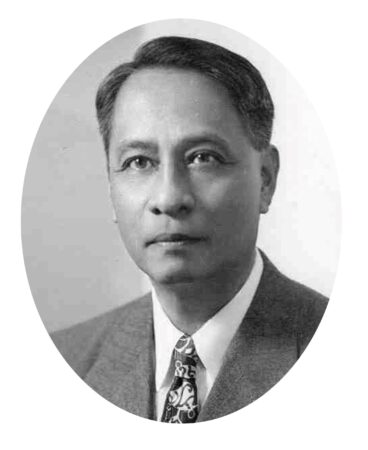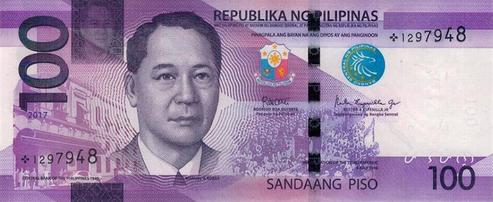
Manuel Roxas, a pivotal figure in Philippine history, played a crucial role during the country’s transition from American colonial rule to independent nationhood. Born on January 1, 1892, in Capiz, now Roxas City, he was a lawyer, soldier, and politician. His life and career spanned a period of profound change in the Philippines, including the American colonial period, the Japanese occupation during World War II, and the subsequent establishment of the Philippine Republic. Roxas was born into a prominent family in Capiz, Panay Island. His father, Gerardo Roxas, was a judge, and his mother, Rosario Acuña, came from a wealthy family. He studied at the Manila High School and later at the University of the Philippines, where he excelled academically. Afterward, he went to the United States to complete his education, attending the University of Chicago and later Harvard University, where he studied law.
Roxas began his political career in 1917 as a member of the municipal council of Capiz. In 1921, he was elected to the Philippine House of Representatives and, in 1922, became the youngest Speaker of the House in Philippine history. He was a member of the Nacionalista Party and was known for his eloquence and intelligence. During his time in politics, Roxas was instrumental in several key pieces of legislation, including the establishment of the Philippine Commonwealth in 1935, which was a transitional government before full independence. He was also a member of the Constitutional Convention that drafted the 1935 Philippine Constitution.
Roxas’ career took a controversial turn during World War II. When the Japanese occupied the Philippines, he initially resisted but eventually served in the government set up by the Japanese. This led to accusations of collaboration, a charge that would haunt him for the rest of his life. However, Roxas defended his actions as necessary to protect the interests of the Filipino people under difficult circumstances. After the war, Roxas, along with Sergio Osmeña, was among the key figures in the reestablishment of the Commonwealth government. He broke away from the Nacionalista Party and founded the Liberal Party in 1946. In the same year, he was elected as the last President of the Commonwealth and, upon the independence of the Philippines on July 4, 1946, became the first President of the independent Republic of the Philippines.
As President, Roxas faced numerous challenges, including post-war reconstruction, managing relations with the United States, and addressing various internal conflicts. He negotiated the Bell Trade Act and the Military Bases Agreement with the United States, which were critical in shaping the post-independence economic and military landscape of the Philippines. Roxas’ administration was marked by efforts to rebuild the nation’s economy and infrastructure. However, his presidency was also marred by issues like government corruption and the Hukbalahap rebellion, a communist-led peasant uprising in Central Luzon.
Roxas’ tenure as president was cut short by his sudden death from a heart attack on April 15, 1948, during a speech at Clark Air Base. His unexpected death led to his Vice President, Elpidio Quirino, assuming the presidency. Roxas’ legacy is complex. He is remembered for his role in gaining independence for the Philippines and laying the foundations of the new republic. However, his tenure is also criticized for the controversial decisions made during the Japanese occupation and his close ties with the United States.
Manuel Roxas’ life and career encapsulate a critical period in Philippine history, reflecting the struggles, complexities, and aspirations of a nation in transition. His contributions, both lauded and criticized, continue to be a subject of study and debate among historians and scholars, underscoring his significant role in the shaping of modern Philippine history.

